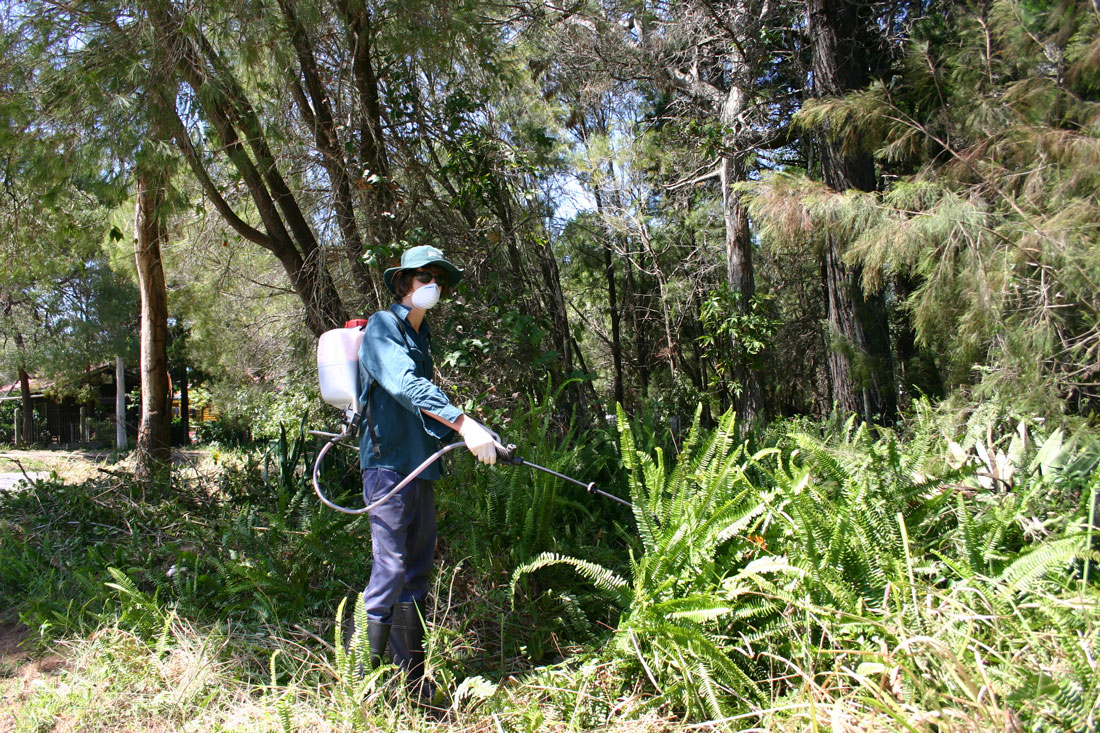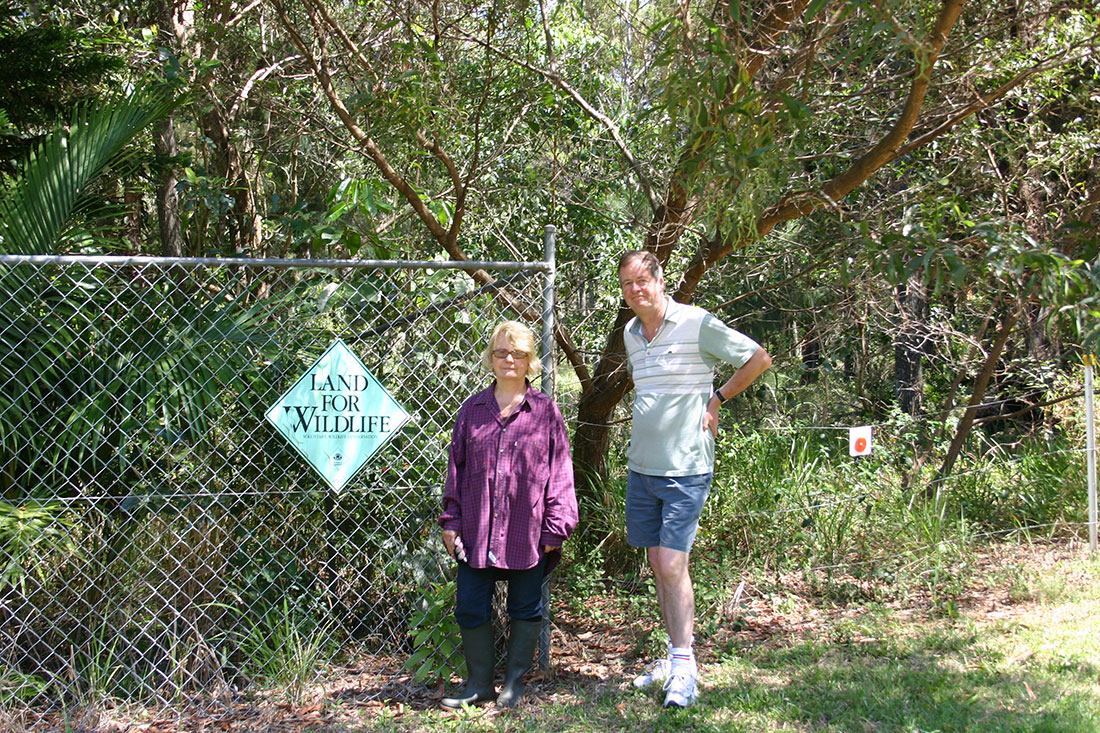Coochiemudlo Island is an often overlooked treasure that lies within Moreton Bay. Residents are attracted to it by its natural beauty and the tranquility that it o ers and it is home to a beautiful array of flora and fauna.
When Carolyn Brammer first bought her 7.5 acre property (Coochiemudlo’s largest remaining privately owned land) in the early 1990’s, it was mostly cleared and very bare, with few plants and animals. A lot of the wetland with mature Coastal Paperbark (Melaleuca quinquenervia) on the property had been cut down and filled in.
Carolyn had a vision to protect what was left of the property and also revegetate the cleared area with native plant species such as Queensland White Mahogany (Eucalyptus tindaliae) and hopefully attract some wildlife back into the area. Part of the property which wasn’t cleared is home to the last standing remnant wetland vegetation on private land on Coochiemudlo.
Carolyn joined the Land for Wildlife program in 2008 which has opened up opportunities to protect and restore native plants and animals including Black and Grey-headed Flying Foxes. Both species of flying fox live in relatively great numbers within the wetland on her property and the latter species is listed as threatened.
Carolyn and her partner Lindsey Duncan have had an interest in flying foxes for some time and have been carrying out monthly ‘bat counts’ in the area for monitoring purposes. According to Lindsey, the great thing about monitoring bat colonies is that by comparing results with other community groups around the region they can start to paint a more complete picture of flying foxes and better understand their movements and disturbances.
Carolyn and Lindsey’s property is home to a flying fox nursery, but recently it has been overcome by weeds which have compromised the wetland ecosystem and also the flying fox roost itself. Some of the weeds include Singapore Daisy, Umbrella Trees, Cocos Palms and Mickey Mouse plant (Ochna serrulata), all of which can have a ‘suffocating’ effect on the local ecosystem.
SEQ Catchments recently provided Carolyn with funding from the Australian Government’s Caring for Our Country program to tackle these weeds with the aim of improving habitat for the ying fox colony. Carolyn has been working with SEQ Catchments’ Community Partnership Manager for Redlands, Joel Bolzenius, to help control the spread of weeds.
Initial weed management work occurred over a period of 5 days, and with ongoing maintenance of the site, it is hoped that the integrity of this unique remnant ecosystem will be assured. The primary aim of the work was to improve the health of the wetland area, including the flying fox roost, by prioritising weeds and controlling them on the edges of the property as some species may spread into the wetland area.
With a strong awareness for her natural surrounding environment that Coochiemudlo officers, Carolyn has been actively involved in the weed control project to improve the flying fox habitat and the wetland ecosystem.

A local weed contractor, William Barker, spraying Fishbone Fern.

Carolyn Brammer and Lindsey Duncan on their Coochiemudlo property.
Article by Sibel Korhaliller Communications Officer SEQ Catchments
